UK to launch Internet-based free-to-air TV service
Article
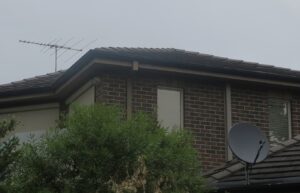
UK to launch a free-to-air TV service that can be delivered by Internet in addition to terrestrial and satellite RF means
Britain’s Broadcasters Prep New Free Live TV Service via Broadband – ISPreview UK
From the horse’s mouth
Everyone TV (formerly Digital UK)
New service from UK public service broadcasters will deliver live free TV via IP (Press Release)
My Comments
The United Kingdom, a country associated with a long tradition of free-to-air broadcast TV, is now working towards an Internet-based free-to-air TV service.
This service, to be known as Freely, is a follow-on from the Freeview digital terrestrial TV and Freesat digital satellite TV platform and is to extend the traditional free-to-air TV service to IP (Internet Protocol) bearers like your Internet service and home network. It is being facilitated by Everyone TV, formerly known as Digital UK and behind Freeview and Freesat, who represents the established UK free-to-air TV broadcasters i.e. BBC, ITV, Channel 4 and Channel 5.
The intention is to have this support both linear and on-demand content services for FTA TV, as well as maintaining the traditional TV viewing experience as we have known it. The articles talked more of Freely being offered via fixed-line broadband Internet but mentioned that they could be offered by mobile broadband.
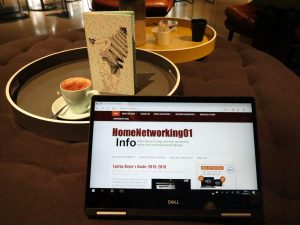
It could even be about watching BBC1 on a convertible laptop like this Dell Inspiron 2-in-1 convertible laptop without the need of a TV tuner dongle
A question that can easily come up is what will be provided for as the “best case” scenario for picture and sound quality? This could be HD, Full HD, 4K UHD or HDR, but there wasn’t any talk about a “best case” soundmix like stereo, 5.1 surround or object-based Dolby Atmos surround that will be used for TV-content sound.
Another question that will come up is whether the Freely setup will be about an Internet-only setup or to combine the Freeview terrestrial / Freesat satellite RF-delivery platforms. This is even though 15% of UK TV households use Internet-only means for receiving their TV content and, most likely nowadays, the Internet is used as a means to bring TV to secondary locations. But there is a desire in the UK to preserve the terrestrial TV service delivered via the aerial as something accessible for all.
The Freely service is expected to be launched in 2024 and there is a desire to integrate this functionality in to the next generation of smart TVs sold in to the UK market. There will also be the issue of whether apps that work with connected TV, games console, mobile or desktop operating systems will be created for Freely. This is because these platforms like Chromecasts, Apple TVs, iPads or laptops are being used for online TV consumption.
I also see this as something that Australia and New Zealand could be observing due to their free-to-air TV culture, with a brand that could be used for Internet-delivered FTA TV. This could even be used as a brand for a pure Internet-delivered free-to-air TV service by any of these companies.
But I am also pleased about the proposed Freely service being the first effort towards Internet-delivered free-to-air TV in English-speaking countries who have a strong free-to-air TV and public-service broadcasting culture.

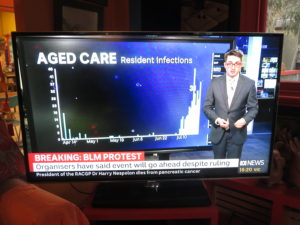
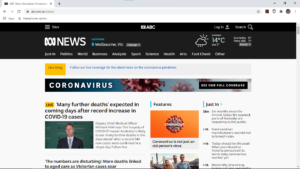


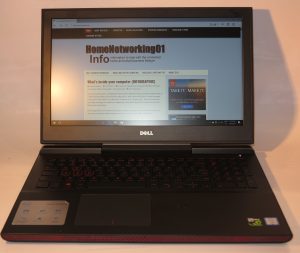
![BBC Model B microcomputer By Soupmeister (Acorn BBC Model B) [CC BY-SA 2.0 (http://creativecommons.org/licenses/by-sa/2.0)], via Wikimedia Commons](https://homenetworking01.info/wp-content/uploads/2015/07/Acorn_BBC_Model_B_-_Retrosystems_2010-300x199.jpg)